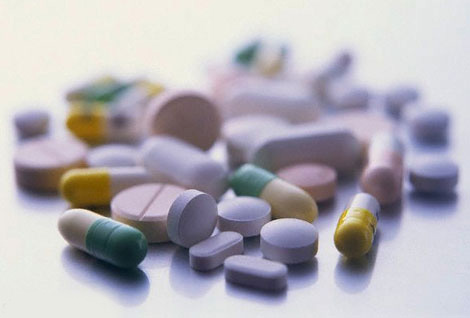Together we are going to embark on a multi-part series on this blog much like our ISO 17025 series.

This series will be surrounding the wonderful world of pharmacology. Wikipedia has a good definition of pharmacology as follows:
Pharmacology (from Greek φάρμακον, pharmakon, “poison in classic Greek; drug in modern Greek”; and -λογία, “Study of” -logia) is the branch of medicine and biology concerned with the study of drug action. More specifically, it is the study of the interactions that occur between a living organism and chemicals that affect normal or abnormal biochemical function. If substances have medicinal properties, they are considered pharmaceuticals. The field encompasses drug composition and properties, interactions, toxicology, therapy, and medical applications and antipathogenic capabilities. The two main areas of pharmacology are pharmacodynamics and pharmacokinetics. The former studies the effects of the drugs on biological systems, and the latter the effects of biological systems on the drugs. In broad terms, pharmacodynamics discusses the interactions of chemicals with biological receptors, and pharmacokinetics discusses the absorption, distribution, metabolism, and excretion of chemicals from the biological systems.

Pharmacology is not synonymous with pharmacy and the two terms are frequently confused. Pharmacology deals with how drugs affect the body and how the body “deals” with drugs that it is exposed to. On the other hand, pharmacy is a biomedical science concerned with preparation, dispensing, dosage, and the safe and effective use of medicines.

In our series of posts we will be focusing on several different topics:
Part 1. Introduction
Part 2. Pharmacokinetics
Part 3. Pharmacodynamics
Part 4. Bioavailabilty
Part 5. “Free versus Bound Drug”
Part 6. Elucidating Pharmacodynamic Effect from an Analytical Chemistry Result


